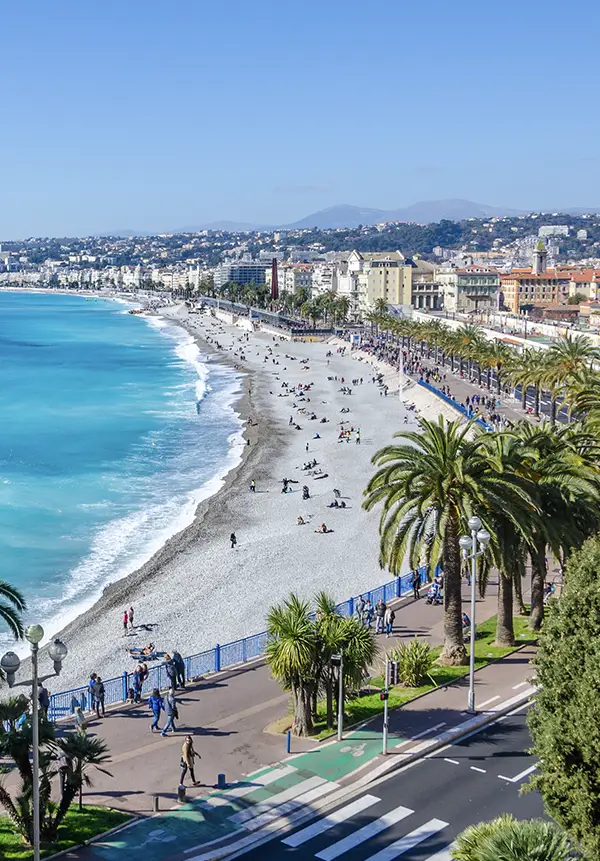Texture Artist
Missions, activities, skills, training
What is a Texturing Artist?
At the heart of the creative industries, the Texture Artist is responsible for creating textures for character models, sets and accessories in 3D.
They respect the artistic vision of the project, as well as the technical constraints of the various production trades.
What is the role of a Texturing Artist?
Understand the artistic vision of the project, follow references and designs provided
Create realistic textures for surfaces such as metal, wood and skin, or stylized textures for more artistic or cartoony projects
Ensure that textures are consistent with the overall design of the scene or character
Ensure that textures respect the technical constraints of other departments (colors, lighting, look development)
Take into account feedback for iteration
Optimize textures and prepare files
Respect production deadlines and expected quality standards
Calibrate and fine-tune textures for integration
Participate in reviews
Help solve problems and share relevant information within the texture department
Who does a Texture Artist work with?
The Texture Artist works closely (depending on the size of the team) with the Art Director, Technical Art Director and Lighting Artist to understand and realize the artistic and graphic vision of projects.
They also work with other asset departments (modeling, rig, Character FX, look development) to create and apply photorealistic and/or stylized textures.
What makes a Texture Artist?
In addition to having an excellent understanding and culture of the image, as well as its composition (lighting, composition, calibration, rendering), and knowledge of PBR (Physically Based Rendering), the Texturing Artist must :
- An eye for detail
- Demonstrate creativity
- Teamwork and communication skills (in French and English)
- Be able to manage several tasks at once and organize their time
- Ability to work in complex pipelines and demonstrate adaptability
- Be open to constructive criticism and adjust work accordingly
Technical skills required for a Texture Artist
Ability to use graphics tools
To create high-quality textures that meet the specific requirements of the film, 3D/FX animation or video game industries, here are some of the most commonly requested tools:
- Photoshop and Substance Painter
- Autodesk Maya; 3ds Max
- Mari, Zbrush and UV unfolding tools, Blender, Houdini
- Video game-specific : Unity or Unreal Engine
Mastery of automation tools
Automation tools enable Texturing Artists to automate repetitive tasks and create customized workflows.
Mastery of software such as Substance Designer and Substance Painter provides access to advanced features for creating procedural textures, while Photoshop offers automation options such as actions and scripts.
The Texturing Artist profession also requires notions and understanding of scripting in 3D software such as Maya and Blender, and programming languages like Python.
Handling different scripts
With scripts, Texturing Artists can optimize their workflow, reduce human error and improve productivity on projects.
Professional experience recommended
After initial post-graduate diploma, it is advisable to acquire between 2 and 5 years’ experience as a Junior Texturing Artist, to qualify for senior or Lead Artist positions.
Relevant internships in the video game or 3D/FX animation industry
ISART includes compulsory internships (in the Bachelor’s and Master’s programs), enabling students to gain practical experience during their studies, develop their business and interpersonal skills, and establish professional contacts in the industry.
In the Master’s program, students can continue their studies as part of a work-study program, under an apprenticeship or professionalization contract.
These first experiences in the studio are essential for developing their employability.


Perspectives
What are the prospects for a Texture Artist?
The career of a Texture Artist can evolve in a variety of directions in the visual effects (VFX), animation and video game industries.
Here are a few possible prospects:
Texture Lead: a Texture Artiste can be promoted to Texture Lead. In this role, he or she supervises the texture team, coordinates assignments and ensures the quality and timeliness of deliverables.
Look Development Artist: Some Texture Artists choose to specialize in lookDev. They work on creating visual appearances for characters, environments and special effects, and collaborate closely with VFX and lighting supervisors.
Lighting Artist: With a thorough understanding of texture and lighting, some Texture Artists evolve into Lighting Artist roles. The Lighting Artist creates the lighting for a pre-calculated 3D scene or video game in real time.
Art Director: After several years of diversified experience in artistic creation, some Texture Artists pursue their careers as Art Directors. They direct and supervise the overall artistic vision of projects, working closely with directors and creative teams.
Which companies recruit Texturing Artists?
Companies producing digital visual content are likely to hire Texturing Artists to create realistic and convincing textures for their projects.
Such as:
- film and television studios
- animation studios
- vfx studios
- video game studios
- advertising agencies
- VR/AR studios
- multimedia production companies, etc
How do I become a Texture Artist?
What's the best school to become a Texturing Artist?
To choose the right post-high school diploma, you need to check the following when doing your research:
- the school’s reputation and the quality of its teaching programs
- networking opportunities with industry
- the rate of professional integration of graduates in the profession they have learned
- graduate satisfaction rate
- the expertise of the teaching team
- equipment available (green screen studio, camera, lighting, etc.)
What training do you need to become a Texturing Artist?
To become a Texturing Artist, we recommend you take the 3D/VFX Cinema course or the Game Art course, as these courses are linked to 3D image creation and texturing.
With a duration of 5 years, admission to the first year of the Bachelor’s program is post-bac, outside Parcoursup.
It is possible to enter the next year directly, in parallel admission, in a 2nd or 3rd year Bachelor’s program, or a 1st year Master’s program.
The Cinema Animation 3D/VFX program is offered on the Paris and Montreal campuses.
The Game Art program is offered on the Paris and Nice campuses.
These courses lead to the RNCP Level 7 diploma “Expert in digital design 2D/3D”, which is recognized like a Master’s degree.
Other jobs that might interest you
3D Modeler: The 3D Modeler creates and sculpts three-dimensional digital models, creatures, objects, characters and/or environments for the video game and 3D/VFX animation industries in particular.
Concept Artist: At the pre-production stage, the Concept Artist creates detailed designs (sketches, plates, drawings) that define the look and feel of the game or animated film.
Concept art follows the artistic vision of the project, from the initial concept phases through to the final illustrations.
Game Artist: The Game Artist designs and creates the graphic universe for video game projects, following the artistic direction and taking into account the game’s technical and functional constraints.
VFX Artist: The VFX Artist creates special effects (such as liquid, fire, destruction, explosions, clouds, particles, hair, crowds, etc.) in real time or pre-calculated, for film productions, video games, series, advertising, etc.



